By WILLIE CLARK

By WILLIE CLARK

Rachel Day, 32, has been consuming VFX since she was young. Born in Long Beach, California, Day remembers going to the drive-in to see Indiana Jones, taking in “all the exciting, crumbling, pure adventure that’s going on in those movies,” she says, and absorbing the impact of VFX.
Now a Senior VFX Artist at video game trailblazer Blizzard Entertainment, Day works on Overwatch. Originally released in 2016, Overwatch has been a phenomenon for Blizzard. The game has over 35 million players worldwide, and has even spawned the eSports Overwatch League, whose first season started in January of this year. Teams for the league represent cities such as Los Angeles, Seoul, Shanghai and New York. That’s how far around the world the game has reached.
“Working with Rachel is always one of the highlights of my day,” says Renaud Galand, Lead Character Artist (Overwatch), for Blizzard. “She’s not only a great artist but an amazing game developer and collaborator, using her technical skills, artistic eye and flawless communication to always help us push the boundaries of what’s possible in the world of Overwatch.”
As for gaming, Day grew up with Atari and the likes of Pitfall and Pac-Man. “From the time I can remember anything, I had a controller in my hand,” Day says, but if she had to pick, Day named Warcraft II: Tides of Darkness as the tipping point when she realized she was really into gaming.
“That was the first game where I would come from school and hurry up and get all my homework done immediately so that I could just play until I fell asleep,” Day says. “That was the first time where I was like, ‘Yeah, this is cool, I really like video games.” Now Day works at the very company that was responsible for Warcraft II.
Even though she grew up gaming, Day isn’t sure why she didn’t think it was a job. One of her friends got a job at Blizzard, and not long after that Day went to the Art Institute of Orange County to become a gamemaker.
Day’s first industry job was interning at Blizzard in quality assurance during the development of World of Warcraft: Wrath of the Lich King in 2008. She then returned the following year to intern again in QA for StarCraft II: Wings of Liberty.
“I consider myself a smart person because I took that time in college to talk to everybody at Blizzard that I could, and network and tell people, ‘I really want to be a technical artist when I graduate college.’ And that paid off, because four months before I graduated I got a call.”
That led to Day joining the team of Diablo III as an associate technical artist. She thought she wanted to be a technical artist, but her lead suggested she try out VFX.
“I’m a pretty technical person, I like to dig into the logic and problem-solving side of things, but I also love color and animation and impact and gameplay, and VFX in video games is really the trifecta of those three things,” Day says. “I get to have a little bit of design influence, flex my logic skills creating shaders and things like that, and I really get to be an artist, visually creating what people are seeing and how they’re playing.”
Even as Day works on Overwatch, the popularity of the game is something that she hates thinking about.
“It is terrifying to think that 35 million people, or however many it is now, have seen my art and interacted with my art on a daily basis,” Day says. “It’s insane.”
“I’m a pretty technical person, I like to dig into the logic and problem-solving side of things, but I also love color and animation and impact and gameplay, and VFX in video games is really the trifecta of those three things. I get to have a little bit of design influence, flex my logic skills creating shaders… and I really get to be an artist, visually creating what people are seeing and how they’re playing.”
—Rachel Day
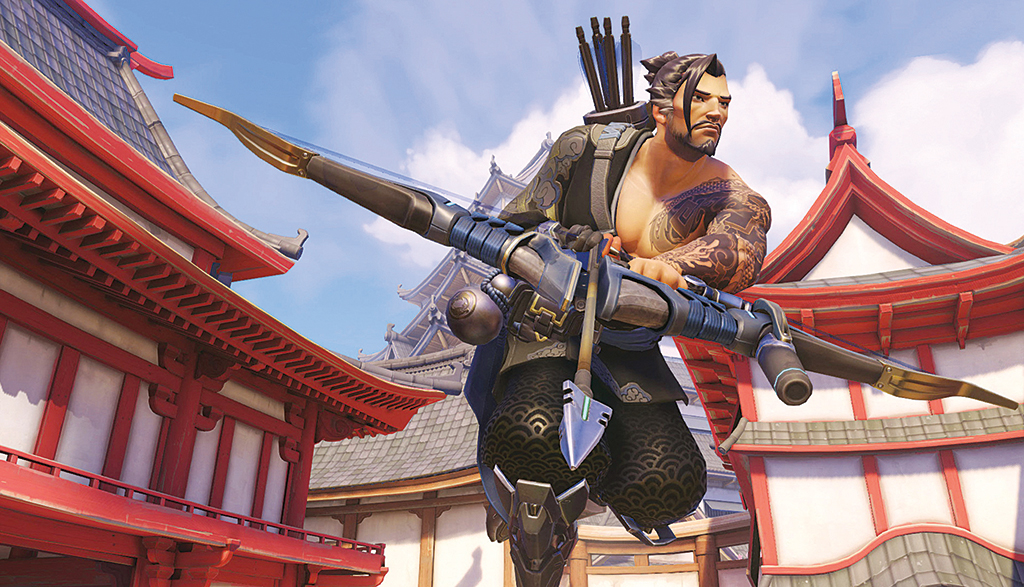
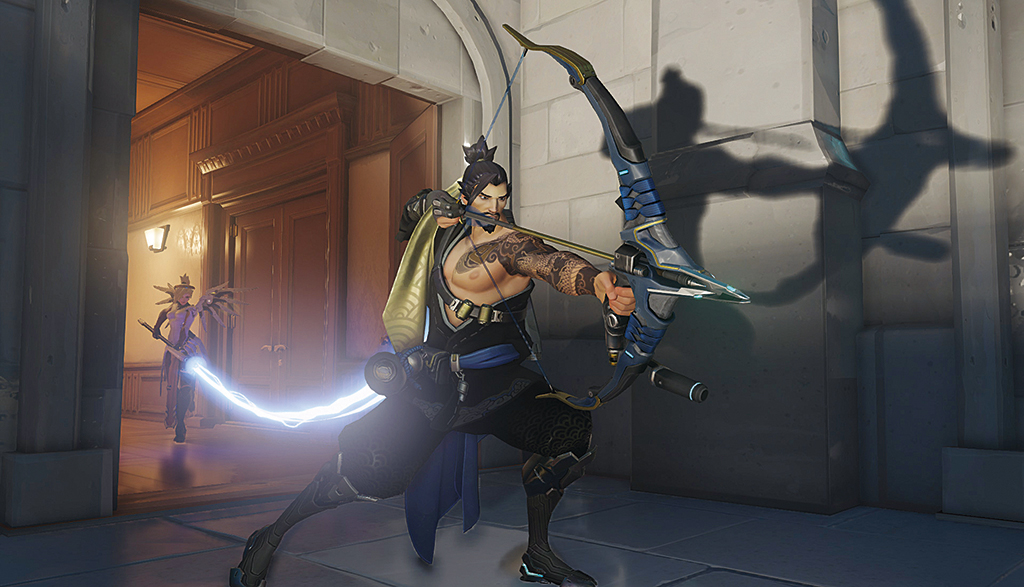
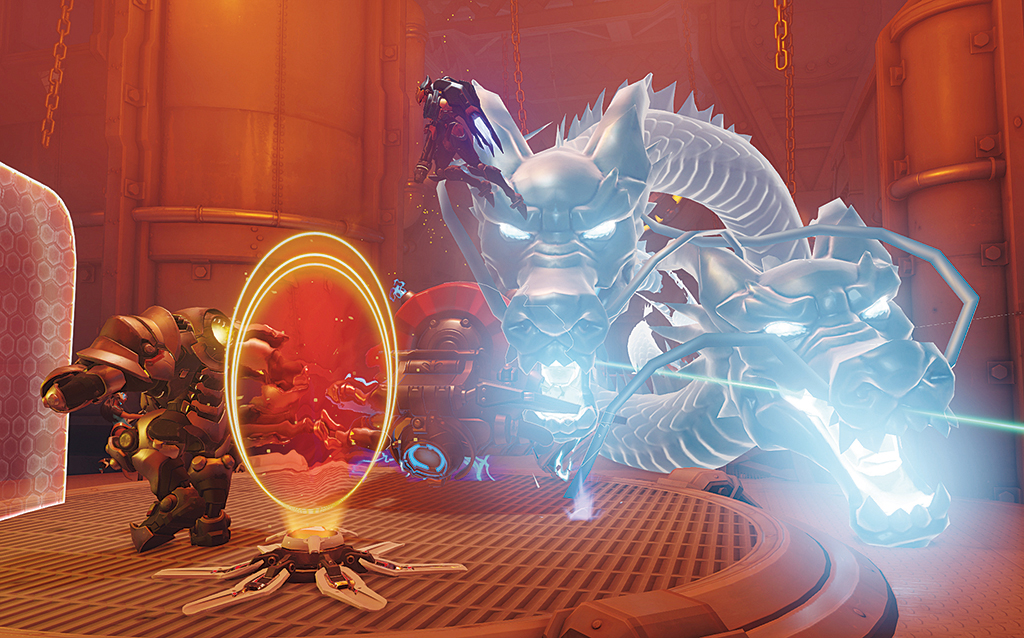
“It is terrifying to think that 35 million people, or however many it is now, have seen my art and interacted with my art on a daily basis. It’s insane.”
—Rachel Day
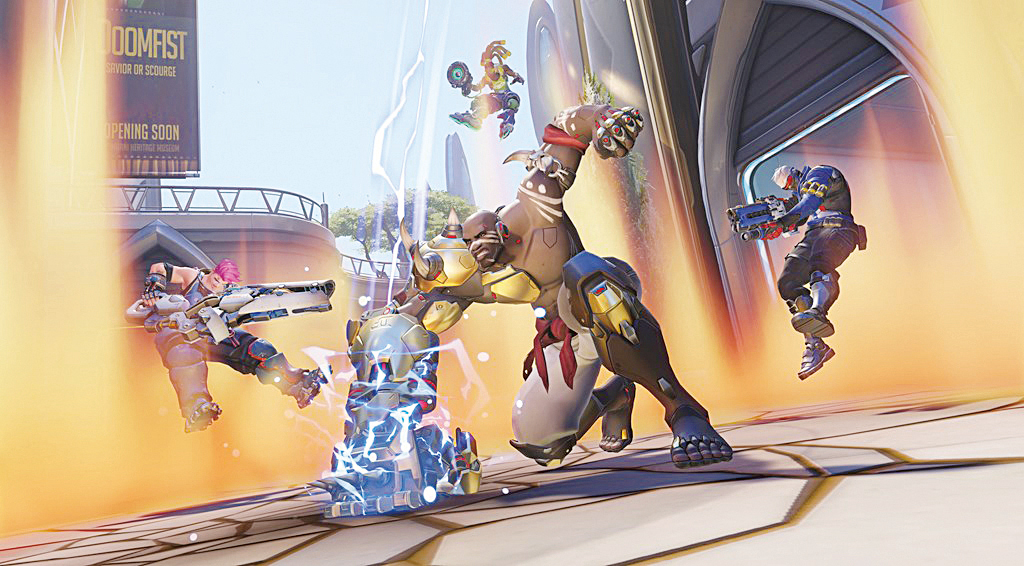
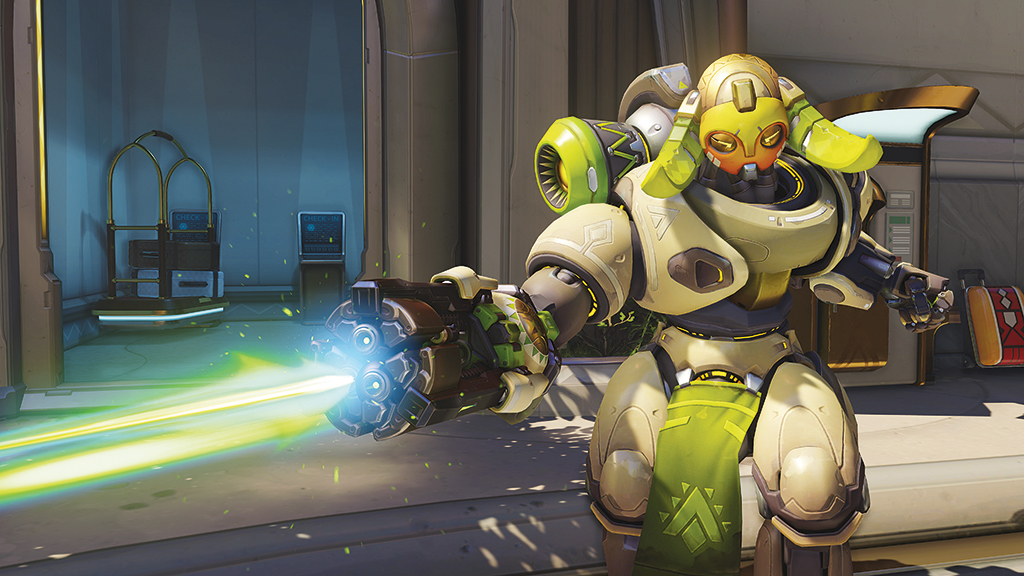
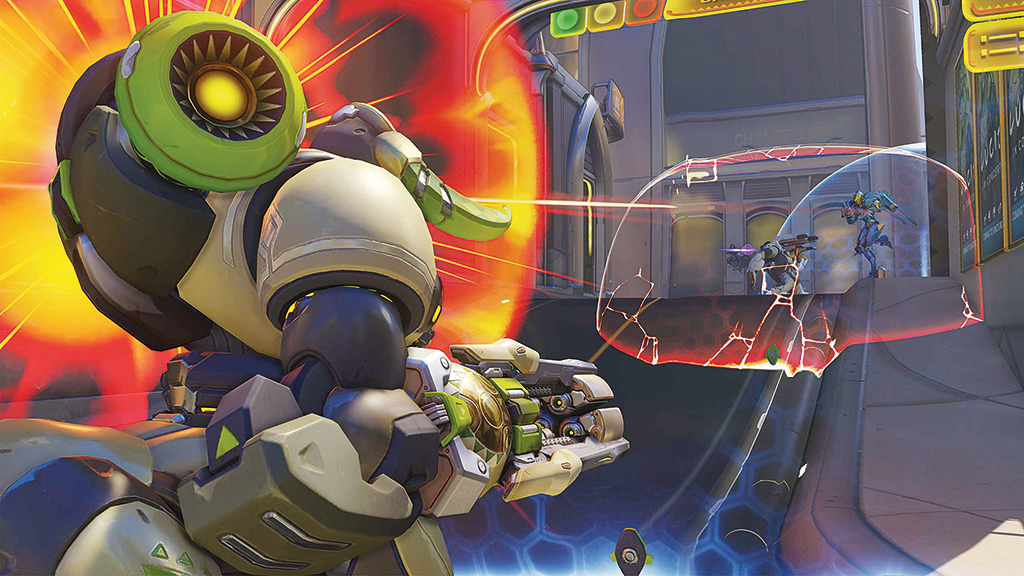
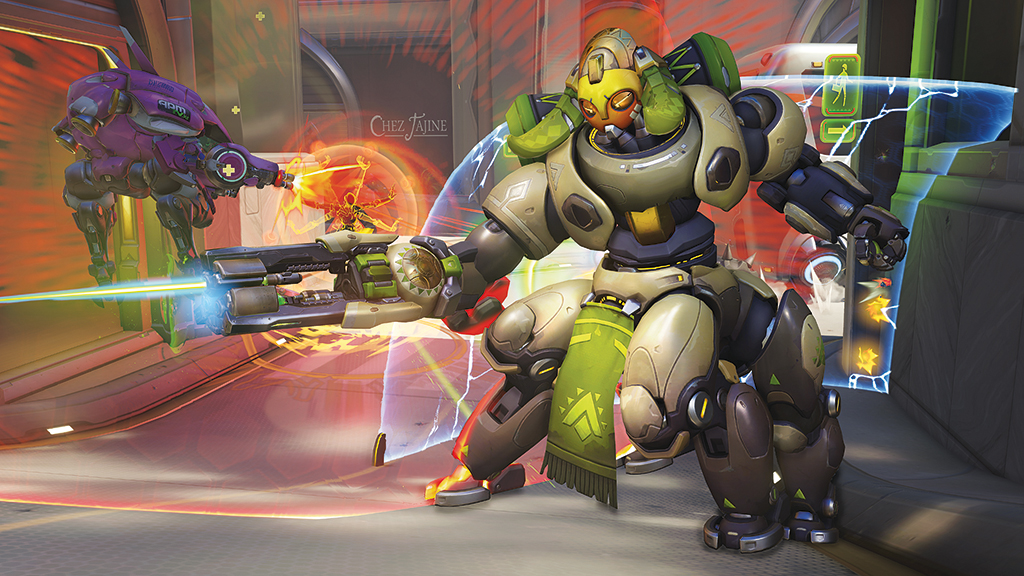
As for the role of VFX in a game like Overwatch, Day thinks having that visual feedback is a very important part of a game.
“In my perspective, VFX is the visual telling of gameplay,” she says. “So we work hand in hand with the designers. If we have a projectile, they’re telling us how fast it should go, and I tell them what it looks like when it’s flying through the air. So it’s really this relationship, back and forth between us and design and gameplay engineering, to create the experience that people are having. Does it feel impactful when a projectile hits the wall? Can you tell that something happened immediately? Are you giving that feedback? It’s important.”
That’s not to say that the effects can’t sometimes go too far in one direction. “That’s the fun part of my job, honestly. I like to push everything to 11 or 12 and then dial it back a little bit,” Day says. “When we’re making a system, I’ll put 20 or so different assets in and go, ‘Oh wow, that’s amazing. OK… it’s too big, it’s whatever, let’s dial it back a little bit.’ We’re constantly playing the pendulum game of ‘swing it too far, OK, bring it back a little bit more.’ That’s the fun of the balance of this work.”
For Overwatch, Day worked on Hanzo’s dragon (“Figuring out how to make a giant portal with two dragons that are the size of the map be performant, look good and be impactful was a super-fun challenge”) and Orisa’s entire effects package (“I really think the colors on that are harmonious”). She also thinks that Overwatch’s style allows for more freedom, as opposed to games that are more hyper-realistic.

“It’s really the limits of your imagination,” Day says. “You can look at fire and go, ‘OK, I know what fire’s supposed to look like,’ but I don’t have to replicate it. I can make the feeling of fire and everybody knows what it is, it just doesn’t have to look exactly like real life. It’s boundless.”
“I don’t think anything we’ve done has been super innovative,” she adds. “We have a very stylized, hand-painted, basic kind of effects system that we use. But we can really get creative with what we do.”
As Overwatch continues to expand, the team also has to keep an eye on performance. “If our games aren’t playing snappy, then they aren’t fun,” Day says. “So we have to make sure that we’re keeping an eye on things and making them beautiful and impactful and also playing well at the same time.”
With Diablo and Overwatch, Day has had her hands in two incredibly popular franchises, but there is still one area she feels she should have studied more.
“Having stumbled into this, and not had school training on it, I wish I had paid attention to my animation classes a little bit more,” Day says. “Learning timing is such an instinctual thing. I think it’s important to understand the fundamentals of animation and the basics to understand effects. The same principles apply to effects as well as animation.”
Looking ahead, Day said she sees more sims being used in real time VFX, where developers are taking simulations from Houdini, stylizing them and bringing them into the game. She doesn’t think the process has been fully honed, but she’s excited at the prospect.
Day says the part of her job she enjoys most is talking to the whole team. “I’m talking to character artists one day and gameplay engineers the next day, designers after that. I really feel like I have my hand in just about every aspect of making a game, so it’s a fantastic vantage point in the process to be a developer of a great game.”